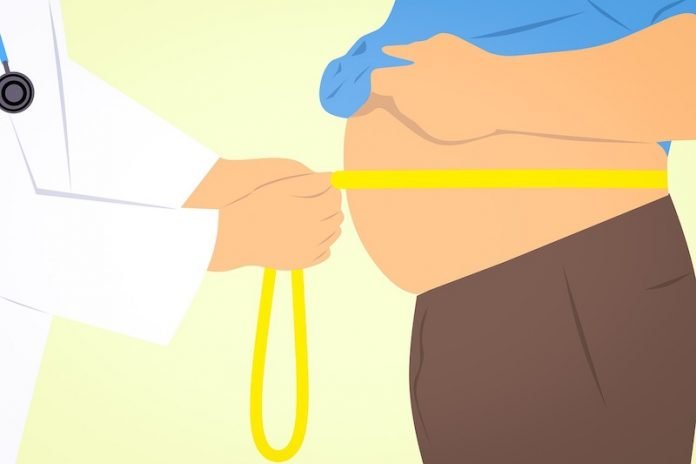
In a new study, researchers found that body fat distribution is strongly associated with prostate cancer risk.
They found that higher levels of belly and thigh fat are linked to a higher risk of aggressive prostate cancer.
The new finding may lead to a better understanding of the connection between obesity and prostate cancer and provide new insights for treatment.
The research was conducted by a team from Harvard University.
Previous research has shown that obesity is linked to a higher risk of advanced prostate cancer and a poorer prognosis after diagnosis.
In addition, the specific distribution of fat in the body may be an important factor.
In the new study, the team analyzed body fat distribution 1,832 men using the gold-standard measure of computed tomography imaging.
These people were followed for up to 13 years.
During the study, the team found 172 men developed prostate cancer and 31 died from the disease.
They also found that the accumulation of fat in specific areas, such as deep in the abdomen and beneath the skin of the thigh, was linked to a higher risk of advanced and fatal prostate cancer.
The effect was stronger among men with a lower BMI.
In addition, high BMI and high waist circumference were linked to higher risks of the disease.
The team suggests people at a high risk of prostate cancer have healthy lifestyle habits, such as eating a balanced diet, exercise regularly to grow muscles, and control their body fat.
Future work needs to see how changes in fat stores in the body over time may affect patients’ health.
The lead author of the study is Barbra Dickerman, Ph.D., of the Harvard T.H. Chan School of Public Health.
The study is published in Cancer, a peer-reviewed journal of the American Cancer Society.
Copyright © 2019 Knowridge Science Report. All rights reserved.



